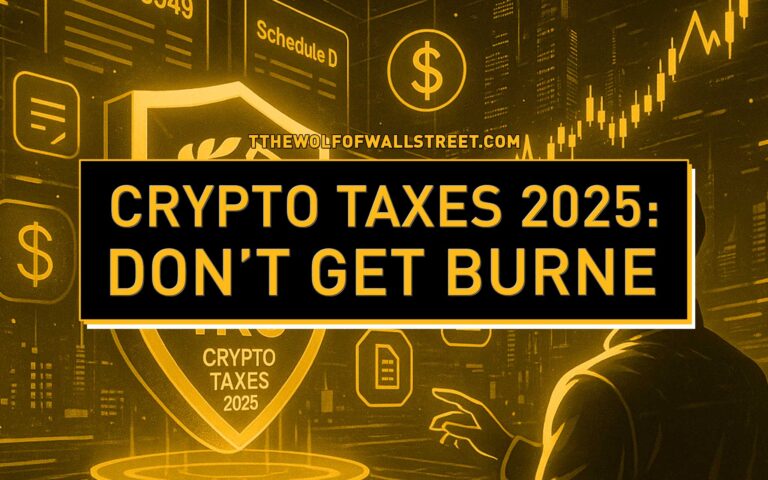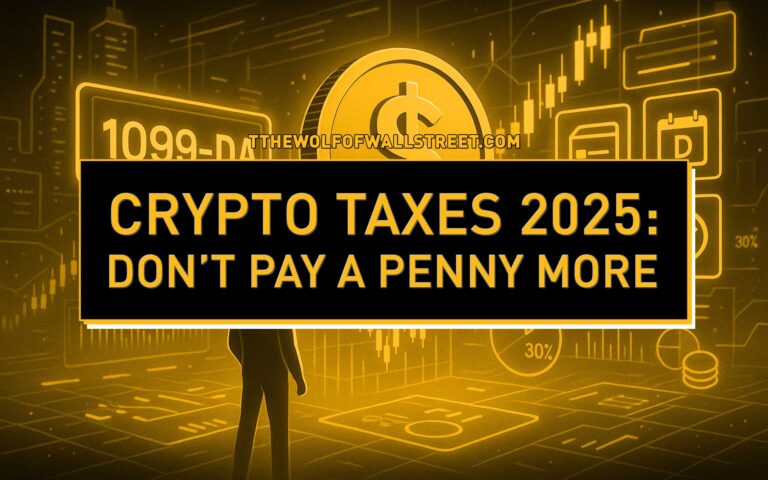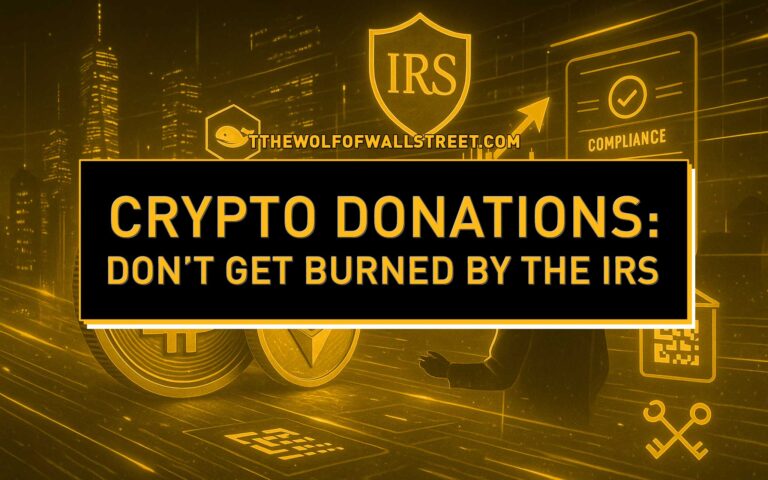💰 What is an Initial Coin Offering (ICO) and Why Should You Care?
Listen to me, because this is important. An Initial Coin Offering (ICO) is not just another buzzword from the depths of the internet; it’s the single most powerful shift in capital fundraising since the dot-com boom, and if you don’t understand it, you’re leaving a fortune on the table. Forget begging venture capitalists for scraps or drowning in banking bureaucracy. An ICO is a direct line from a revolutionary idea to a global pool of investors, all powered by the raw, untamed potential of blockchain technology.
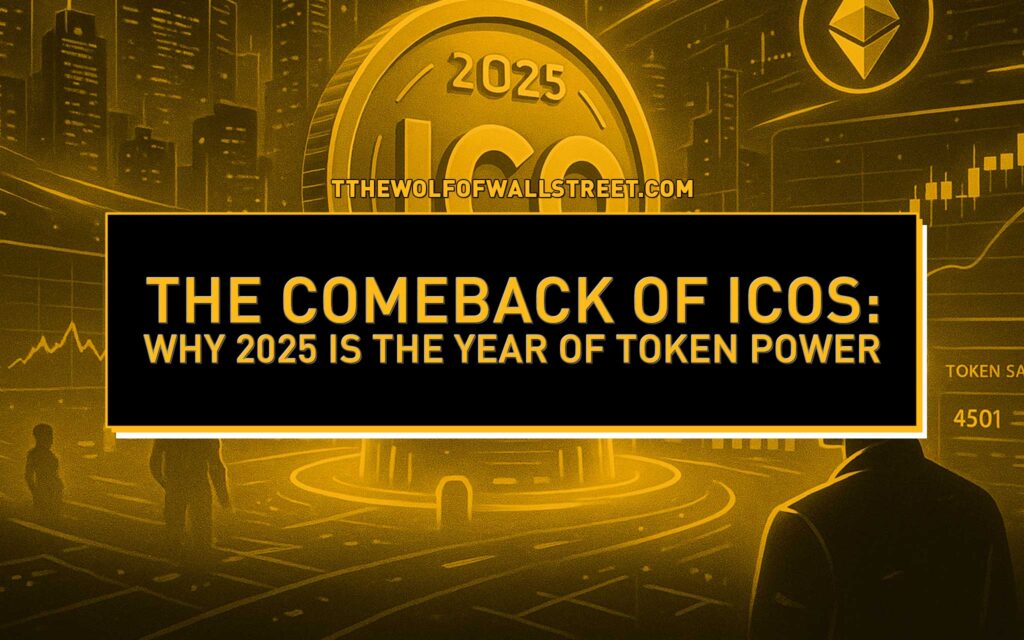
At its core, the mechanism is brutally simple. A startup or project creates its own digital token—a crypto asset—and offers it to the public in exchange for established cryptocurrencies like Bitcoin or Ethereum. These aren’t just digital trinkets; they represent a stake in a future enterprise, a key to a new platform, or a share in a network’s success. Investors buy in, not because a man in a suit told them to, but because they see the vision and want to be part of the revolution from day one.
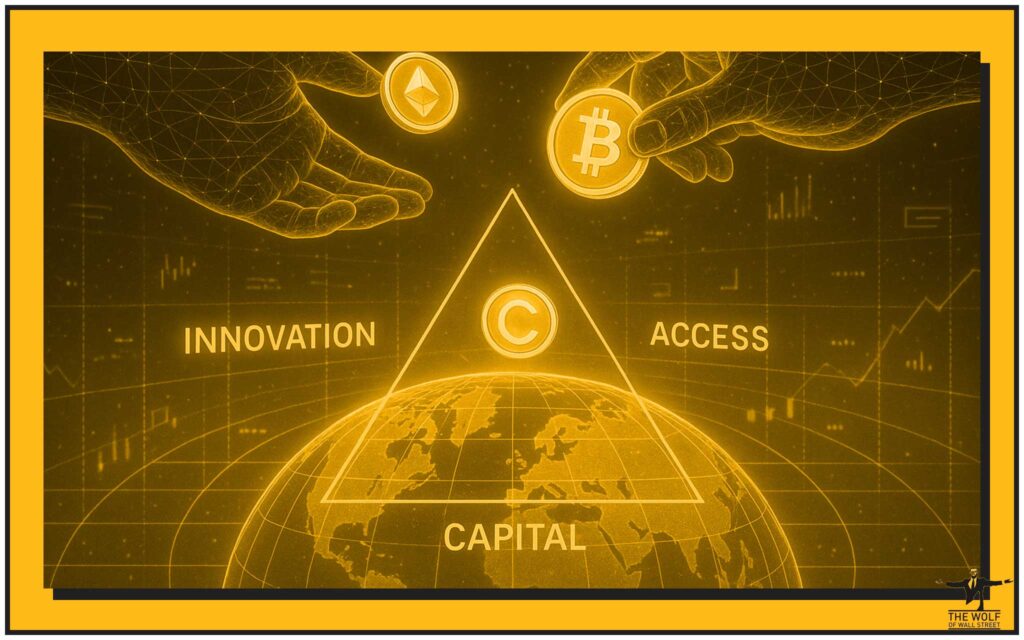
This is financial democratisation on steroids. It rips the keys to the kingdom from the hands of the old guard and gives them to the innovators, the dreamers, and the builders. It’s fast, it’s global, and it operates at the speed of light, not the speed of a boardroom meeting. If you have an idea that can change the world, the ICO is the vehicle that can get you there faster than you ever imagined possible.
📈 The ICO Boom: A Look Back at the Gold Rush
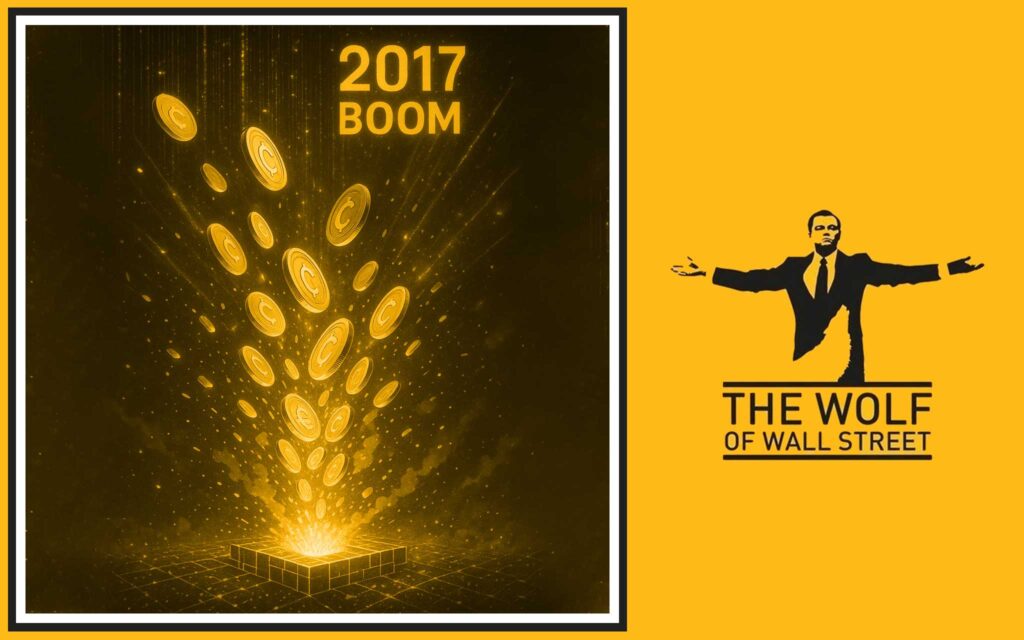
Let’s take a trip back to 2017. The air was electric. Fortunes were being minted overnight, not by Wall Street bankers, but by kids in hoodies with brilliant ideas. This was the great digital Gold Rush, and ICOs were the pickaxes and shovels, building on the foundations laid by the history of Bitcoin. Projects were raising tens, sometimes hundreds, of millions of dollars in minutes—not months. It was a feeding frenzy of ambition and capital, the likes of which the world had never seen.
The undisputed titan of this era was Ethereum. While not the first, its own token sale in 2014 set the blueprint. By offering ETH tokens to fund its development, it raised over $18 million and built the very platform that would host thousands of other ICOs. It proved the model worked on a colossal scale. Following in its wake, projects like EOS raised a staggering $4 billion, and Telegram pulled in $1.7 billion without even a public sale.
Of course, with any gold rush comes chaos. The market was flooded with everything from world-changing innovations to outright scams. It was the Wild West—unregulated, unpredictable, and unbelievably lucrative for those who knew how to navigate it. While the market has since matured, the lessons from that explosive era are priceless. It showed the raw power of decentralised funding and wrote the playbook that continues to influence how capital is raised in the digital age.
🆚 ICO vs. IPO vs. Venture Capital: The New Playing Field

For decades, the path to funding was narrow and guarded by dragons. First, you had the Initial Public Offering (IPO), the traditional route for a company to sell shares on the stock market. This is a painfully slow, obscenely expensive process, wrapped in mountains of regulation and controlled entirely by investment banks. It’s a different world from how blockchain firms go public in the modern era. You don’t go to them; they decide if you’re worthy. It’s a club, and you’re probably not in it.
Then you have Venture Capital (VC). This involves pitching your life’s work to a small group of wealthy investors who demand a massive slice of your company in return for their cash. You’re selling your vision, but you’re also selling your control. You’re no longer just the captain of the ship; you have board members to answer to, and their primary goal isn’t your dream—it’s their exit strategy. They own a piece of you.
An ICO blows this entire model to pieces. It’s a public offering without the gatekeepers. It’s a fundraising round where the public—your future users, your evangelists—are your investors. There’s no board to appease, no bank to pay homage to. It’s just you, your vision, and a global market ready to fund it. The speed is unparalleled, the liquidity is instant, and the control remains firmly in your hands. This isn’t just a different option; it’s a different universe of opportunity.
🛠️ Phase 1: The Pre-Launch Blueprint – Your Recipe for Dominance
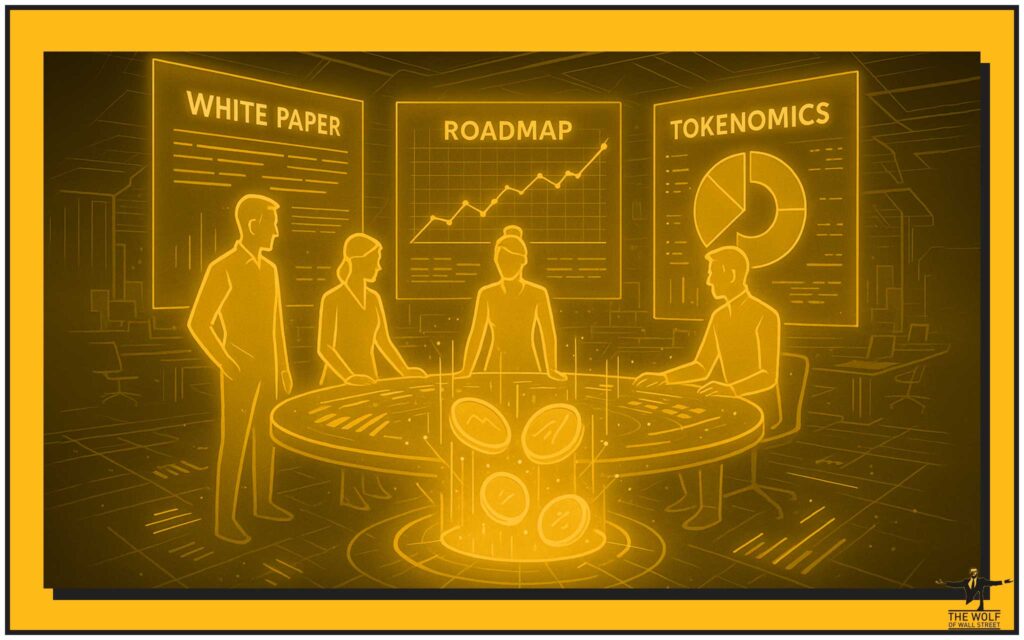
Success in this game isn’t an accident. It’s the result of relentless preparation and flawless execution. Before you even think about asking for a single satoshi, you need to build a foundation so solid that it’s unshakable. This is the war room, where you lay the groundwork for total market dominance. Get this right, and the money will follow. Get it wrong, and you’re finished before you even start.
Assembling Your A-Team
Listen, ideas are cheap. Execution is everything. You can have the most brilliant concept in the world, but without an A-team to bring it to life, it’s worthless. You don’t win a championship with B-players, and you certainly don’t launch a successful ICO with them. You need a roster of killers, each a master of their domain.
First, the Visionary Founder—that’s probably you. The one with the unshakeable belief and the story that moves markets. Next, the Genius Developer or CTO, the architect who can build a fortress of code that’s both brilliant and secure. Then, you need a Marketing Shark, a master of hype and community who can build an army of followers. Finally, the Legal Eagle, the strategist who navigates the regulatory minefield so you can focus on building. Don’t cheap out here; your team is your single greatest asset.
The White Paper: Your Declaration of War
A white paper isn’t a boring technical document; it’s your manifesto. It’s your declaration of war on the status quo. It needs to be sharp, persuasive, and so compelling that anyone who reads it feels an overwhelming urge to join your cause. It must do three things with absolute clarity: define a massive problem, present your project as the only solution, and detail how your token is the key that unlocks it all.
This document must be a masterpiece of both technical detail and persuasive storytelling. It should outline your architecture, your go-to-market strategy, and your vision for the future. Understanding what a white paper is and how to structure it is non-negotiable. It is your ultimate sales tool; treat it as such.
Crafting an Unforgettable Roadmap
A roadmap is not a wish list. It’s a public promise of what you will deliver and when. It shows investors that you’re not just a dreamer; you’re a builder with a plan. A vague, unprofessional roadmap screams incompetence. A detailed, milestone-driven roadmap inspires confidence and creates a powerful sense of forward momentum.
Break it down into clear, achievable phases: prototype development, alpha and beta testing, mainnet launch, and future feature rollouts. Be realistic but ambitious. This roadmap is what your community will use to hold you accountable. It’s your public commitment to excellence. Meet your deadlines, and you’ll build unbreakable trust. Miss them, and you’ll be dismissed as just another pretender.
⚖️ Phase 2: Navigating the Legal Minefield
Let’s be crystal clear: the Wild West days of ICOs are over. Regulators are circling, and if you’re not prepared, they will shut you down without a second thought. Amateurs ignore the law and get wiped out. Professionals respect the law and use it to their advantage. Don’t let bureaucracy kill your dream; master the rules of the game so you can dominate it.
Understanding the Howey Test
In the United States, the Securities and Exchange Commission (SEC) is the 800-pound gorilla in the room. Their weapon of choice is the Howey Test, a decades-old framework used to determine whether a transaction qualifies as an “investment contract” and is therefore a security. With ongoing efforts like the Clarity Act aiming to create better definitions, understanding the current legal landscape is crucial.
The test has four prongs: is it (1) an investment of money (2) in a common enterprise (3) with a reasonable expectation of profits (4) to be derived from the entrepreneurial or managerial efforts of others? Most utility tokens are structured to fail this test, emphasising their use within a network rather than as a passive investment. Understanding this distinction is not optional; it is the absolute bedrock of your legal strategy in the US.
Choosing Your Jurisdiction Wisely
The world is not a level playing field. Some countries see crypto as a threat; others see it as the future. Choosing where you legally incorporate your project is one of the most critical decisions you will make. You want a jurisdiction with clear, favourable regulations that provide certainty for you and your investors.
Nations like Switzerland (home to “Crypto Valley”), Singapore, Malta, and the Cayman Islands have emerged as global hubs for blockchain innovation. They have established clear legal frameworks for digital assets, offering a balance of legitimacy and flexibility. Do your homework. Consulting with international legal experts to select the right home base isn’t a cost; it’s an investment in your project’s survival and long-term success.
KYC/AML: The Necessary Evil
Know Your Customer (KYC) and Anti-Money Laundering (AML) procedures might feel like a bureaucratic headache, but they are a non-negotiable part of operating in the modern financial world. Implementing these checks means verifying the identity of your investors to prevent illicit activities. It’s about protecting your project from being used for illegal purposes.
Ignoring KYC/AML is a rookie mistake that can get your company blacklisted and your bank accounts frozen. Partner with a reputable third-party provider to handle this process seamlessly. It shows regulators that you are a serious, responsible operator, and it gives your investors confidence that you are building a legitimate enterprise. To stay ahead of the curve, ensure your project is compliant with our 2025 crypto AML guide.
💻 Phase 3: The Tech Stack – Building an Unbreakable Machine
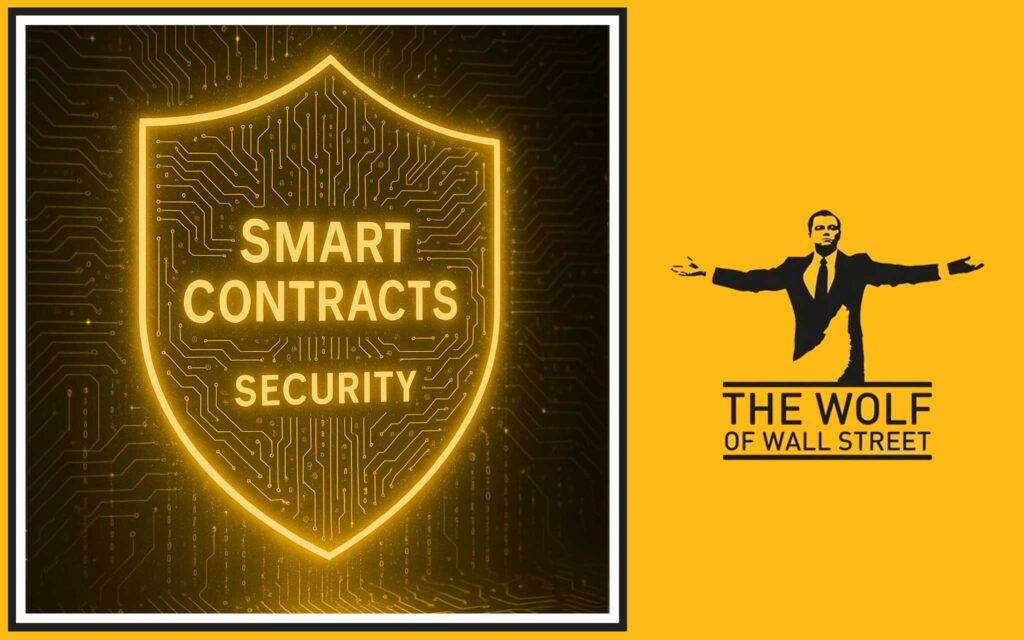
Your idea, your team, and your marketing can all be perfect, but if your technology fails, you have nothing. The tech stack is the engine of your entire operation. It must be powerful, scalable, and above all, secure. In the world of crypto, there are no second chances. A single vulnerability can erase your credibility—and your treasury—overnight. This is where you prove you’re a world-class operation.
Choosing Your Blockchain Platform
This is the foundation upon which your entire project will be built. For years, Ethereum was the undisputed king of token launches, thanks to its battle-tested ERC-20 standard. It’s secure, widely adopted, and has a massive developer community. However, it can be slow and expensive during periods of high congestion, which is why many projects now explore other foundational layer-1 coins.
Newer contenders like Solana, Binance Smart Chain (BSC), and Polkadot offer compelling alternatives with higher transaction speeds and lower fees. The choice depends on your project’s specific needs. Do you require lightning-fast transactions for a gaming platform, or is the robust security and decentralisation of Ethereum more critical for a DeFi protocol? Analyse the trade-offs with surgical precision. This decision will define your project’s performance for years to come.
The Art of Tokenomics
Tokenomics is the science of creating a digital economy. It’s arguably the most critical and least understood aspect of launching an ICO. Get it right, and you create a virtuous cycle of growth and value appreciation. Get it wrong, and you create a death spiral. This is not guesswork; it’s economic engineering of the highest order, and our guide to tokenomics in 2025 is required reading.
You must meticulously plan your total token supply, the allocation for the team (with vesting schedules to show long-term commitment), the portion for the public sale, and the reserves for future development and marketing. Will your token be inflationary or deflationary? How will it be used within your ecosystem to drive demand? A well-designed tokenomics model aligns the incentives of everyone involved—investors, users, and the core team—towards a single goal: long-term success.
The Smart Contract: Your Automated Vault
The smart contract is the heart of your ICO. It’s a self-executing piece of code that handles everything from receiving funds to distributing your tokens. It’s your automated, incorruptible vault. Once deployed on the blockchain, it cannot be altered. This means it has to be absolutely perfect from the start, right down to protecting the project’s core assets.
A bug in your smart contract is not a minor issue; it’s a catastrophic failure waiting to happen. Hackers relentlessly hunt for vulnerabilities to exploit, and a single mistake could allow them to drain every dollar you raise. This is why a third-party security audit is not a suggestion—it is a mandatory, non-negotiable requirement. Hire the best auditors you can find, and then hire another team to audit them. Your entire treasury depends on the integrity of this code.
🚀 Phase 4: The Launch – Let the Games Begin
This is the moment of truth. All the planning, the building, and the hype culminates here. The launch phase is where you open the doors and invite the world to invest in your vision. The strategy you choose for your token sale will have a massive impact on your fundraising outcome, your token distribution, and the initial perception of your project in the market. This isn’t just about raising money; it’s about launching with momentum.
Setting Your Caps: Soft Cap vs. Hard Cap
Setting financial goals with precision is critical. The soft cap is the minimum amount of funding you need to deliver a viable product. Failing to reach this goal is a public failure; typically, all funds are returned to investors, and the project is terminated. It’s your line in the sand, proving you have a realistic understanding of your operational needs.
The hard cap is the maximum amount of capital you are willing to accept. This number prevents excessive dilution and, more importantly, creates scarcity and urgency. A well-defined hard cap signals that you have a disciplined financial plan, not just an insatiable appetite for cash. It tells investors that there’s a finite opportunity, compelling them to act decisively.
Popular Token Sale Models
There is no one-size-fits-all approach to selling your tokens. The model you choose should align with your project’s goals and community. The most straightforward is the fixed-price model, where each token is sold at a set price until the hard cap is reached. It’s simple and easy for investors to understand.
A more sophisticated approach is the Dutch auction. Here, the price of the token starts high and gradually decreases over time until all tokens are sold. This model is designed to find the true market price and can lead to a more equitable distribution. Other dynamic models can adjust the price or supply based on demand, but complexity can sometimes deter less experienced investors. Choose the strategy that best reflects the principles of your project: simplicity, fairness, or pure market dynamics.
📣 Phase 5: Marketing & Hype Generation – Creating a Movement

A world-changing idea is worthless if no one knows about it. Marketing an ICO isn’t about running a few ads; it’s about building a zealous, unstoppable movement. You need to transform passive observers into passionate evangelists for your cause. In the crowded crypto space, it’s not the best tech that wins—it’s the best story, told by the loudest and most dedicated community.
Building a Rabid Community
Your community is your army. They are your first investors, your loudest cheerleaders, and your fiercest defenders. Before you launch, you must build this army on platforms where the crypto world lives: Telegram, Discord, and X (formerly Twitter). These are not just channels for announcements; they are arenas for engagement.
Host regular AMAs (Ask Me Anything) with the founding team. Be radically transparent about your progress and your challenges. Share behind-the-scenes content. Foster a culture of open discussion and debate. Your goal is to create a sense of shared ownership and destiny. When your community feels like they are part of the journey, they will move mountains for you.
PR, Influencers, and Media Outreach
While a grassroots community is essential, you also need to capture the attention of the broader market. This requires a strategic approach to public relations and media outreach. Target reputable crypto publications like CoinDesk and Cointelegraph with a compelling story about how your project is solving a critical problem.
Influencer marketing can be a powerful tool, but it’s a minefield of fakes and frauds. Partner with authentic, respected voices in the space who genuinely understand your technology and vision. A credible endorsement can provide immense social proof, but a partnership with a known “shill” can destroy your reputation. Choose your allies carefully; in this game, credibility is your most valuable currency.
🐺 The Modern Crypto Fundraising Landscape (2025 and Beyond)
The game has changed. The raw, chaotic energy of the 2017 ICO boom has evolved. The market is smarter, the investors are more sophisticated, and the models for fundraising have been refined into sharper, more effective instruments. While the ICO wrote the original playbook, its descendants are now taking centre stage. To win today, you must master the modern tools of crypto capital.
IEOs (Initial Exchange Offerings): The Stamp of Approval
An IEO is an ICO, but with a powerful new partner: a major cryptocurrency exchange like Binance or KuCoin. In this model, the token sale is conducted directly on the exchange’s platform. This is a game-changer. The exchange vets the project, lending it an immediate layer of credibility and trust.
For investors, it’s a safer, more streamlined process. For the project, it provides access to the exchange’s massive user base and guarantees instant liquidity upon launch, as the token is listed almost immediately after the sale. An IEO is a stamp of approval that tells the market you are a serious, vetted project ready for the big leagues.
IDOs (Initial DEX Offerings): The Decentralised Future
The IDO is the next evolution, taking the principles of the ICO and IEO and making them fully decentralised. IDOs are launched on decentralised exchanges (DEXs) like Uniswap or PancakeSwap, often through platforms known as launchpads. Our guide to Initial DEX Offerings (IDOs) provides a comprehensive look at this popular model. This model offers several key advantages: immediate liquidity, lower listing costs, and a transparent, community-driven fundraising process.
There are no backroom deals or centralised gatekeepers. The smart contract handles everything, ensuring a fair and open launch. For projects committed to the core principles of decentralisation, the IDO has become the fundraising model of choice. It’s fast, efficient, and aligns perfectly with the ethos of Web3.
STOs (Security Token Offerings): The Compliant Revolution
For projects whose tokens clearly qualify as securities—representing ownership in a company, rights to dividends, or other financial interests—there’s a fully regulated pathway with Security Token Offerings. An STO is a compliant fundraising process that embraces securities laws rather than trying to avoid them. You can learn more about the key differences between ICOs, STOs, and IPOs in our detailed comparison.
By tokenising traditional assets like equity or real estate, STOs merge the power of blockchain with the legitimacy of regulated financial markets. This opens the door to a massive pool of institutional capital that has historically been hesitant to enter the crypto space. It’s less of a revolution and more of a bridge—connecting the old world of finance with the new.
🎯 Navigating the Post-ICO Market: How to Get an Unfair Advantage

Congratulations, your token sale was a success. The treasury is full. But let me tell you something: the hardest part of the journey has just begun. The moment your token hits the open market, it enters a vicious arena of volatility, speculation, and misinformation. Most people will be gambling, driven by fear and greed. They will lose. You, on the other hand, need to operate with decisive, effective crypto profit-taking strategies.
Why You Need More Than Just Hope
Hope is not a strategy. After the launch, you need to navigate a market that moves at the speed of light. You need professional-grade tools and elite-level intelligence. That’s where a platform like the The Wolf Of Wall Street crypto trading community comes in. This isn’t just another chat room; it’s a comprehensive platform for dominating the volatile cryptocurrency market. You gain access to exclusive VIP signals designed to maximise profits and in-depth market analysis from traders who have been winning in these trenches for years.
You become part of a private network of over 100,000 like-minded individuals, sharing insights and strategies 24/7. You get the essential trading tools, like volume calculators, that separate the pros from the amateurs. This is how you move from being a project founder to a market master. Ready to trade like a pro? Master all crypto order types with our definitive guide. Don’t just participate in the market; arm yourself to conquer it.

Empower your crypto trading journey. Visit our service at https://tthewolfofwallstreet.com/service for detailed information and join our active Telegram community at https://t.me/tthewolfofwallstreet for real-time updates. This is your opportunity to unlock your full potential and profit from the crypto market.
❓ The Final Verdict: Is an Initial Coin Offering (ICO) Still a Viable Strategy?

So, here’s the bottom line. Is the classic, unregulated ICO of 2017 still the golden ticket to untold riches? No. That ship has sailed. The market has matured, the regulators have woken up, and investors are no longer throwing money at a slick landing page and a vague white paper. The game is harder now. It demands more professionalism, more transparency, and more strategic thinking.
But is the core principle of using a digital token to raise capital from a global community still a powerful strategy? Absolutely. The spirit of the ICO lives on in its more refined successors—IEOs, IDOs, and STOs. For ambitious founders with legitimate, world-changing ideas, the path to decentralised funding is wider and more accessible than ever before, provided you have the discipline to navigate the modern landscape.
The opportunity hasn’t vanished; it has simply changed form. The pretenders have been washed away, leaving the field open for the true builders and visionaries. If you have the grit, the team, and the unbreakable will to execute, the model pioneered by An Initial Coin Offering (ICO) remains one of the most powerful capital-raising tools ever created.
🙋 Frequently Asked Questions (FAQs)

How much does it cost to launch an ICO?
The cost varies dramatically based on ambition and quality. A budget-conscious launch can start around £50,000, but a top-tier, professionally executed ICO can easily cost £500,000 or more. Major expenses include legal consultation (critical for compliance), smart contract development and audits (non-negotiable for security), marketing and PR to build hype, and platform development. Skimping on legal or security is a recipe for disaster.
Are ICOs legal in the UK?
Yes, ICOs are legal in the UK, but they operate in a complex regulatory environment. The Financial Conduct Authority (FCA) assesses tokens on a case-by-case basis to determine if they are ‘specified investments’ (securities). If a token is deemed a security token, it falls under strict financial regulations. Utility tokens generally face fewer restrictions, but the lines can be blurry. Professional legal advice is absolutely essential before launching in the UK.
What is the difference between a token and a coin?
A ‘coin’, like Bitcoin or Ethereum, operates on its own native blockchain. It acts as the network’s foundational asset for storing value and paying transaction fees. A ‘token’, on the other hand, is built on top of an existing blockchain, most commonly Ethereum’s ERC-20 standard. Tokens represent a specific asset or utility within a particular project or application, but they rely on the underlying blockchain for security and processing.
How do I spot an ICO scam?
Look for red flags. Be highly sceptical of projects with anonymous or inexperienced teams, as credibility starts at the top. Vague or plagiarised white papers are another major warning sign. Unrealistic promises of guaranteed high returns and manipulative market tactics like cryptocurrency spoofing are classic hallmarks of a scam. Finally, a lack of transparency or excessive pressure to invest quickly should have you running for the exit.

